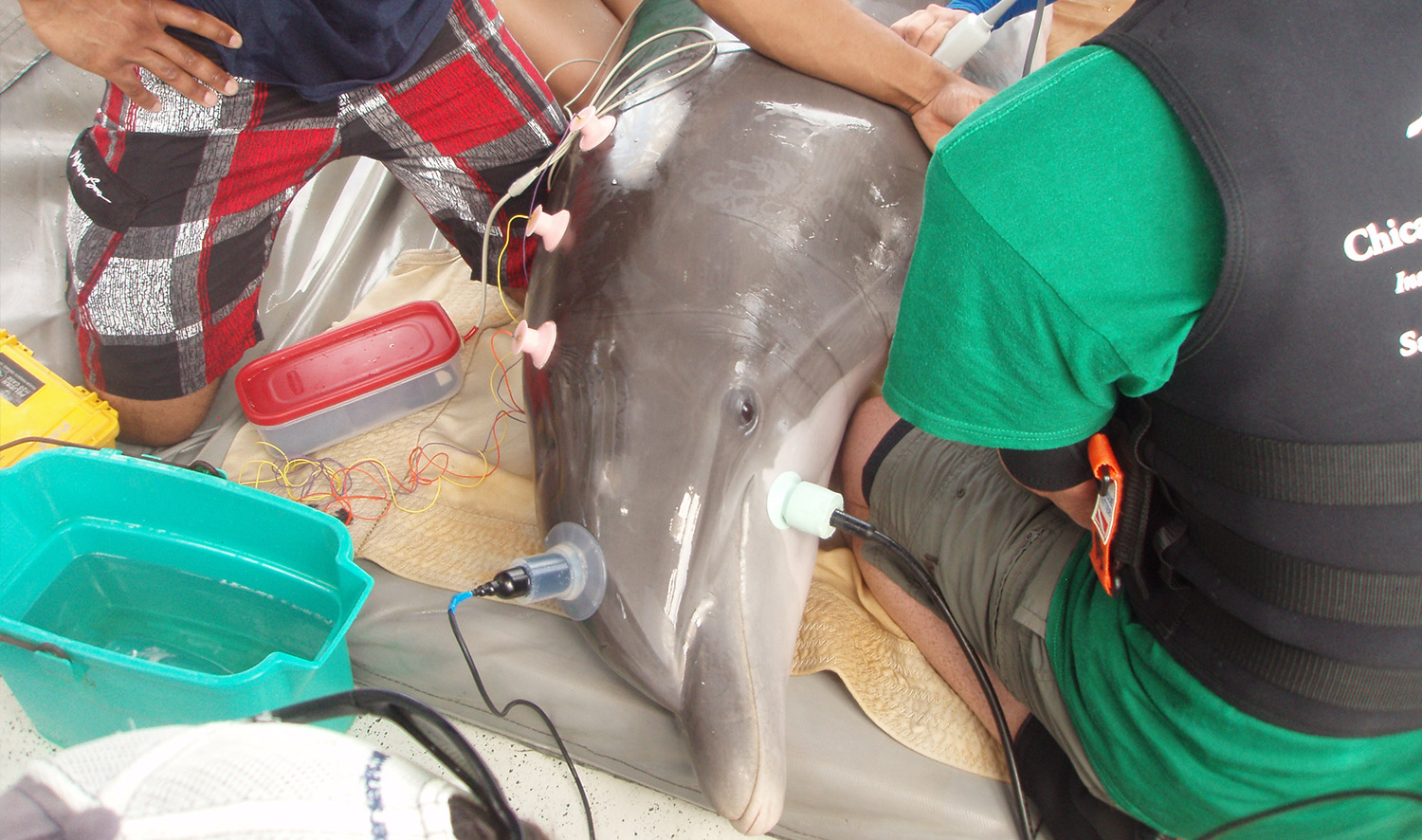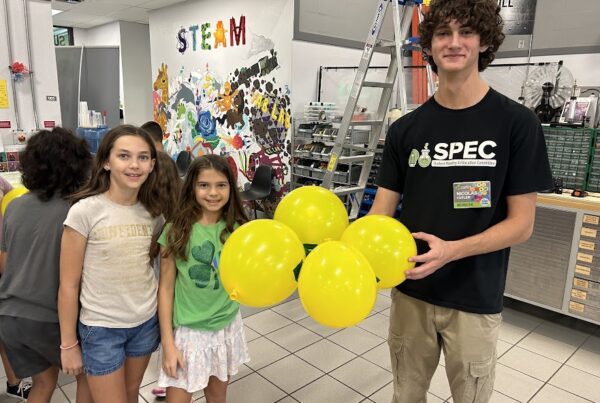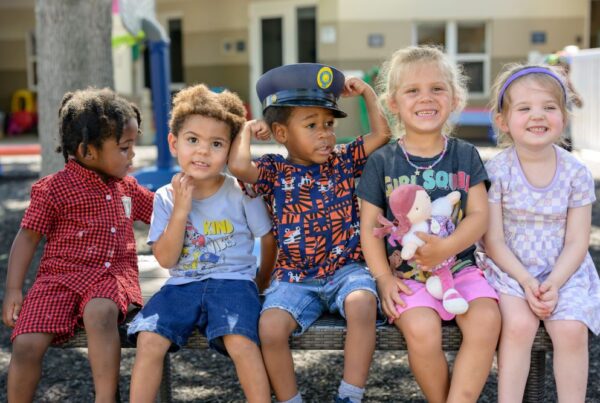Sarasota’s coastal environment and the visitors it attracts provide social and economic value to our community, but many of the attractive features of our local ecosystem are now threatened by human activities. Research is key to our ability to understand threats like climate change and, more importantly, to mitigate them.
Dolphins are our water-based ecosystem sentinels, breathing the same air, swimming in the same waters, and eating the same fish we do. The Barancik Foundation committed $1 million over five years to the Chicago Zoological Society to continue its Sarasota Dolphin Research Program (SDRP).
It’s extremely important to continue maintaining the long-term dataset for detecting and monitoring threats to ecosystem health.
Under the direction of Dr. Randall Wells, the SDRP has focused on the multi-generational resident community of about 160 Sarasota Bay dolphins since 1970. It’s extremely important to continue maintaining the long-term dataset for detecting and monitoring threats to ecosystem health and provide benchmarks for comparison to at-risk populations elsewhere.
Through research measures like monthly dolphin surveys and seasonal dolphin prey fish, the SDRP helps scientists around the world learn about dolphin biology, environmental impacts on their health and reproductive success, their social structure, and the effects of human activities. In addition to providing essential baseline data for both the conservation of dolphins in the wild and their welfare in zoos, the SDRP will continue to contribute to management actions that help mitigate negative influences humans can have on our marine ecosystems.
The SDRP’s local outreach and education efforts increase appreciation of dolphins and our shared ecosystem. By engaging elementary and high school students, the program will create a new generation of environmental stewards keeping a watchful eye on our community.




